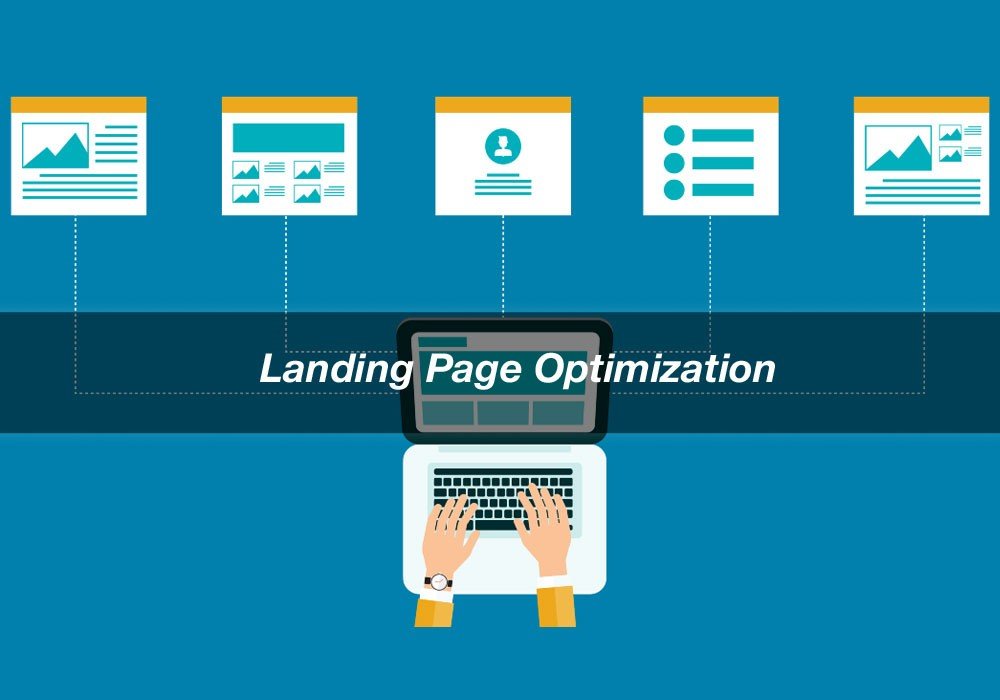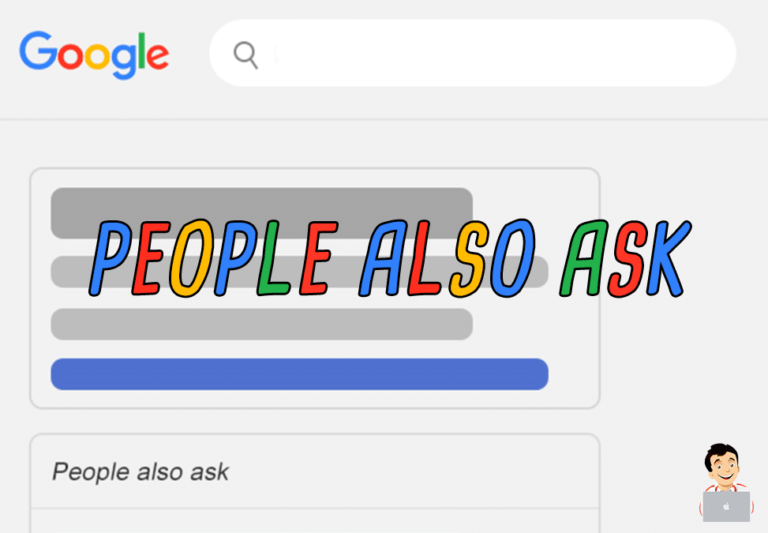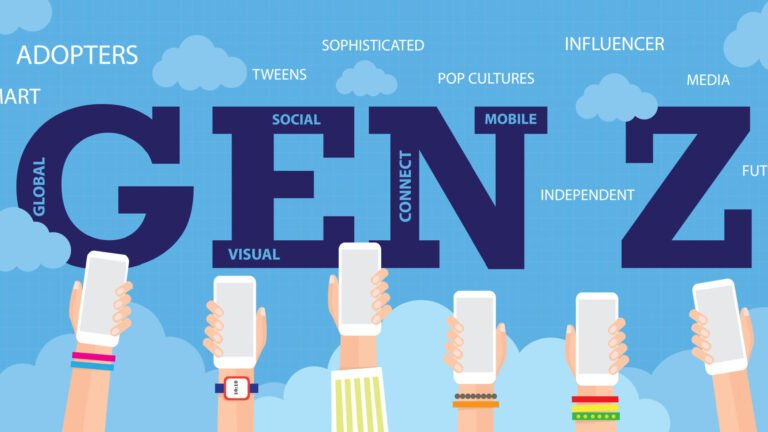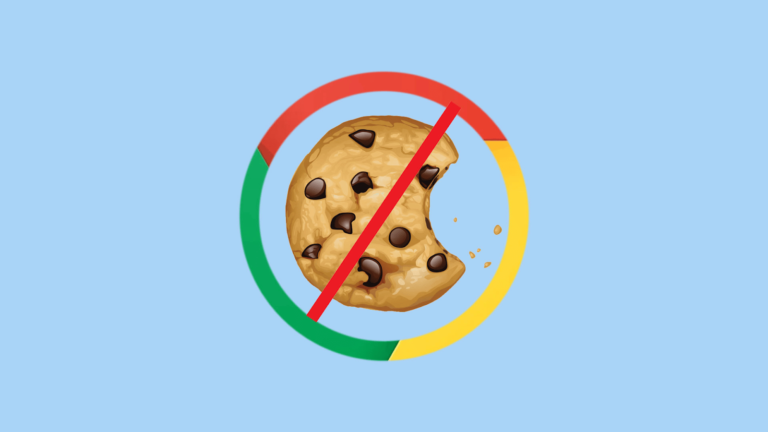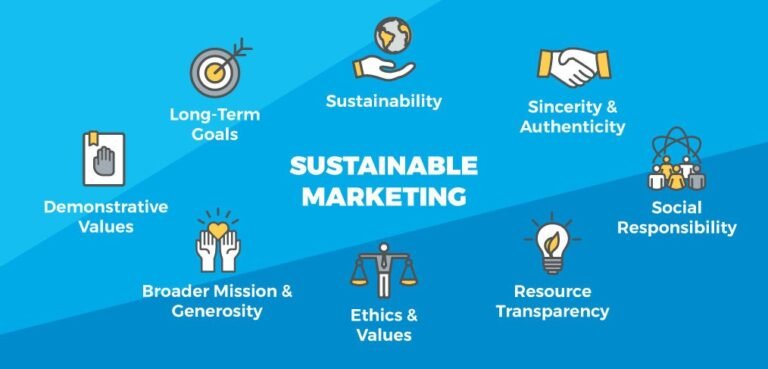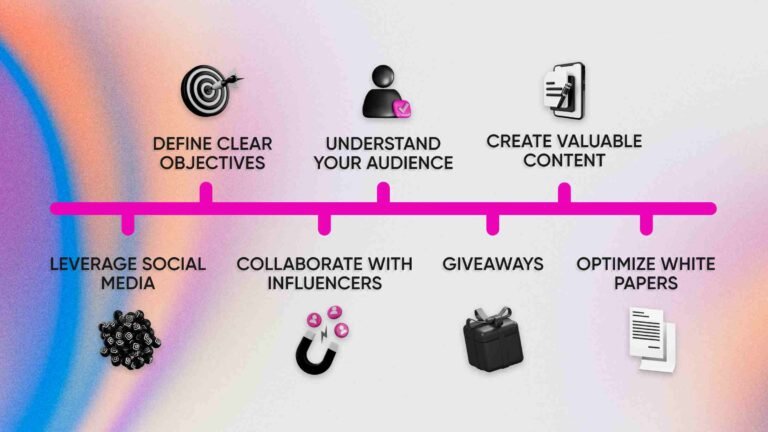Mastering the Art of Optimizing Landing Pages: Best Practices and Tips
Struggling with low conversion rates? Optimizing landing pages can turn visitors into customers and boost your marketing success. In this article, we’ll explore how to enhance your landing pages with practical tips and best practices.
Key Takeaways
- Optimizing landing pages boosts conversions and enhances marketing ROI by reducing customer acquisition costs.
- Thorough understanding of your target audience and creating detailed buyer personas are essential for effective landing page design.
- Continuous optimization through A/B testing and leveraging user feedback tools ensures evolving landing page performance and higher conversion rates.
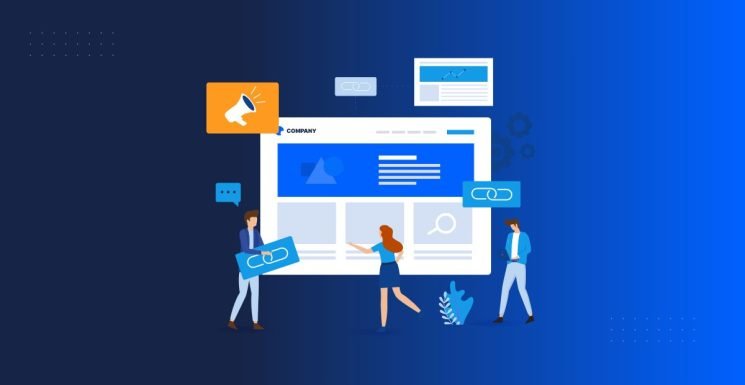
Why Optimizing Landing Pages Is Essential
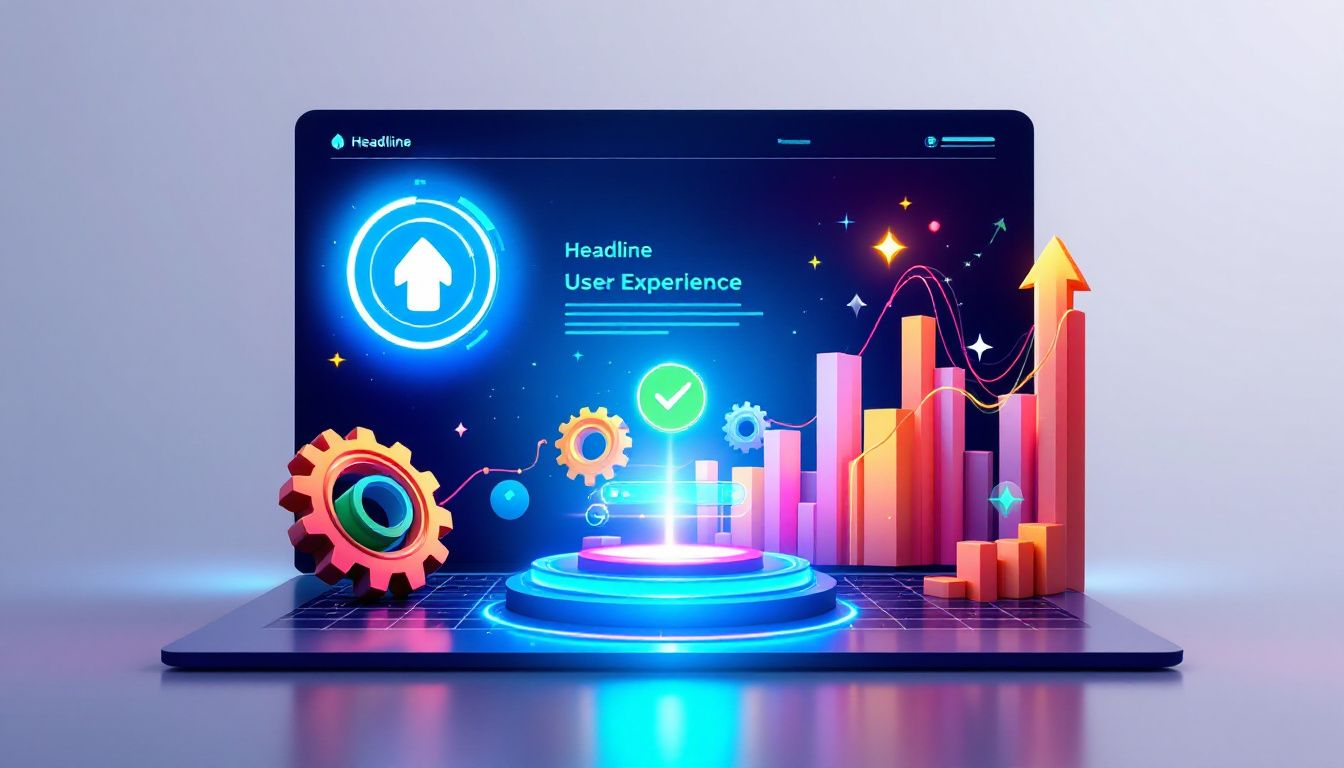
Landing page optimization is the process of tweaking various elements of your landing page to boost conversions. Refining these elements significantly boosts conversion rates, encouraging visitors to make purchases or sign up for newsletters. This not only improves your return on investment for marketing efforts but also reduces customer acquisition costs, making your campaigns more efficient.
Optimizing landing pages is crucial because it directly impacts the effectiveness of your marketing campaigns. High bounce rates and low conversion rates are common issues that many marketers face with their landing pages. Addressing these problems through effective landing page optimization practices ensures that your website visitors have a seamless and engaging experience, which ultimately leads to higher conversion rates.
In essence, a well-optimized landing page ensures that every visitor has the potential to become a lead. By focusing on improving user experience, you can achieve the highest possible landing page conversion rate, making your marketing efforts more fruitful and cost-effective, especially when utilizing a dedicated landing page form.
Understanding Your Target Audience

Understanding your target audience is the cornerstone of creating effective landing pages. Without a clear grasp of who your audience is, your landing pages are likely to miss the mark, resulting in low conversion rates. Gathering insights about your audience helps create landing pages that resonate with their needs, increasing conversion rates.
Before you even begin designing a landing page, it’s essential to conduct thorough audience research and create detailed buyer personas. These steps will help you understand your potential customers better and tailor your landing page content to meet their specific needs. Let’s explore these processes in more detail.
Conducting Audience Research
Thorough audience research helps understand why visitors arrive at your landing page and what they hope to achieve. One effective method is surveying your audience before launching a landing page to gather valuable insights. Additionally, usability tests and customer research can help you understand your audience’s questions and objectives, providing a clearer picture of what your landing page should address.
Collecting feedback on your landing page design through methods like printing the page and discussing it with colleagues can also be incredibly useful. Tools like Wynter allow you to collect user feedback and enhance the effectiveness of your landing page. Understanding visitor motivations, barriers to conversion, and persuasive elements helps create a deeper connection with your target audience.
It’s essential to consider the device types and resolutions used by your audience, as this can inform your landing page design. Avoid making assumptions about your visitors’ knowledge, as this may lead to misalignment with their needs. Thorough audience research enables the creation of relevant and engaging landing pages.
Creating Buyer Personas
Creating detailed buyer personas is a crucial step in understanding your potential customers. Knowing your ideal buyers inside and out allows you to design a landing page that addresses their needs and preferences. Detailed target personas equip marketers to write compelling copy that meets specific audience needs, making it more likely that visitors will convert into leads.
These personas should include information about your audience’s demographics, interests, challenges, and purchasing behaviors. This knowledge allows you to create tailored content that resonates with your audience, ultimately leading to higher conversion rates.
Remember, the more you know about your potential customers, the better you can serve them through your landing pages and your landing page message.
Identifying Common Landing Page Problems

Identifying common problems with landing pages is essential for improving their effectiveness. Many landing pages fail to convert due to issues like overwhelming content, poor clarity, and misleading elements that frustrate visitors. Understanding these problems can help you create a more streamlined and user-friendly landing page.
Tools such as Hotjar Engage can provide in-the-moment feedback from users about their landing page experiences, helping you identify areas that need improvement. On-site surveys are another valuable method for uncovering issues with your landing pages or offers. By collecting user data, you can gain insights into why your landing page is not converting and make the necessary adjustments.
It’s also important to avoid excessive aggressive popups, as they can drive customers away and negatively impact conversions. Using generic wording in calls-to-action can hinder user engagement and lower conversion rates. Addressing these issues creates a more effective and user-friendly landing page.
Analyzing User Behavior
Analyzing user behavior is a key step in identifying and addressing landing page problems. Tools like Google Analytics and Hotjar provide valuable insights into visitor interactions on your landing pages. These tools offer features like heatmaps and session recordings, which can help visualize user behavior and identify areas for improvement.
Heatmaps show where users click, scroll, and move on the page, highlighting areas that attract the most attention. Move maps, on the other hand, reveal where users hovered or paused the most, indicating their level of interest in specific parts of the landing page. Analyzing visitor behavior provides insights into how users interact with your landing page, enabling data-driven optimization.
UserTesting is another tool that allows you to watch real users navigate your landing pages, offering valuable insights into user experience. Leveraging these tools helps better understand user behavior and make informed decisions to enhance landing page performance.
Assessing Page Load Times
Page load speed is crucial for user experience and conversions. If your landing pages are slow to load, it can lead to high bounce rates and few conversions. Factors that negatively affect page load speed include large media files, excessive plugins, and poor hosting. To improve page loading time, it is advised to consult your developer and use tools like Google’s PageSpeed Insights to assess performance.
Choosing the appropriate file format and size for images is also important for optimizing them for landing pages. A delay of just a couple of seconds in page load time can drastically increase bounce rates, so ensuring your pages load quickly is essential for keeping visitors engaged and improving conversion rates.
Essential Elements of an Optimized Landing Page
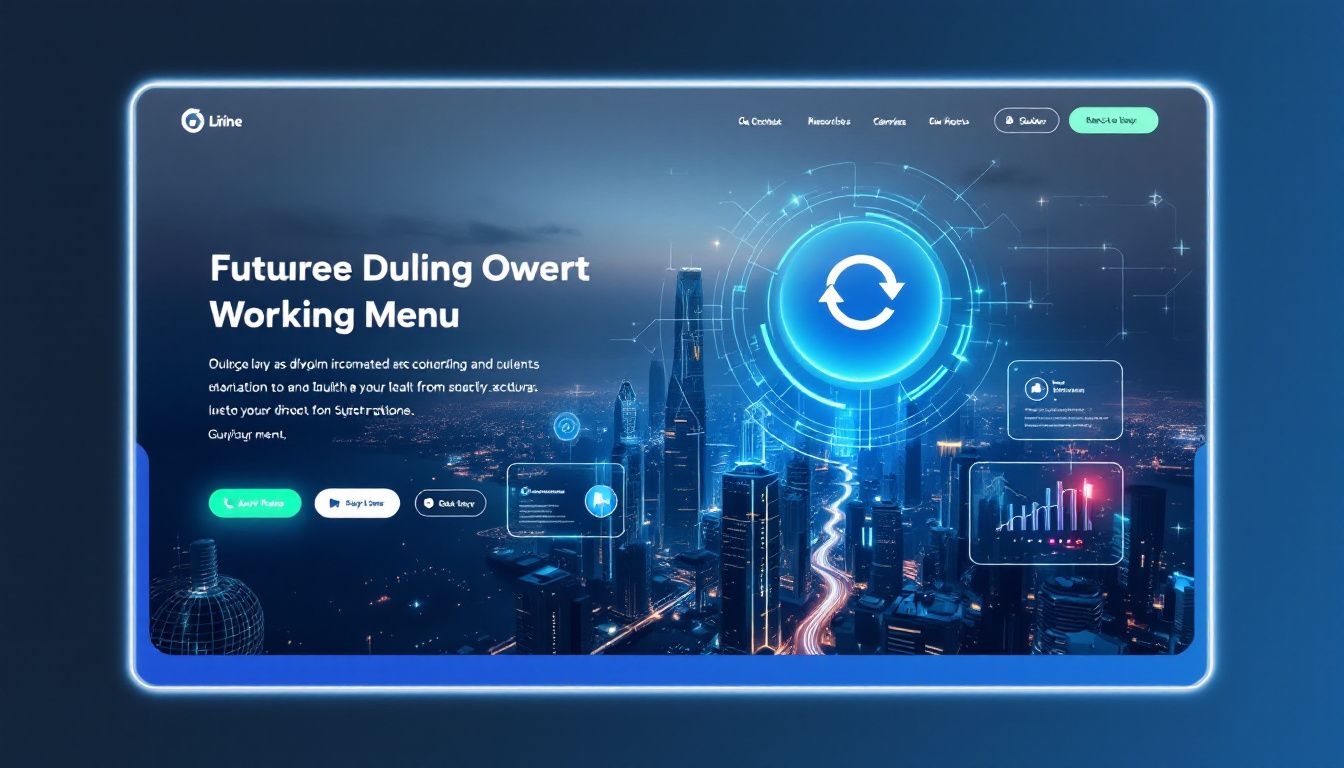
Creating an optimized landing page involves focusing on key landing page elements such as compelling headlines, effective calls-to-action (CTAs), and engaging visual media. Each of these elements plays a crucial role in capturing visitor attention and encouraging conversions. Let’s dive into the details of each element and how they contribute to a high-converting landing page.
Carefully crafting each component creates a professional-looking landing page that drives results. The following subsections will provide detailed insights into how to optimize headlines, CTAs, and visual media for maximum impact.
Crafting Compelling Headlines
A clear and concise headline is essential for capturing attention and encouraging visitors to read more. Effective headlines should be both engaging and informative, directly reflecting the specific objectives of your potential customers. Optimizing headlines to be concise and significant increases the chances of engagement and conversion.
Remember, headlines are often the first thing visitors see, so they need to make an immediate impact. Crafting headlines that resonate with your audience’s needs and motivations is key to driving engagement and conversions.
Designing Effective Calls-to-Action (CTAs)
Calls-to-action (CTAs) are the driving force behind landing page conversions. They need to be designed in a way that captures attention and encourages user interaction. Using contrasting colors for CTA buttons enhances their visibility, making them stand out on the page. Additionally, CTAs should have ample space around them to attract user attention and avoid being overlooked.
Avoid generic language in CTAs; instead, use clear, actionable phrases that specify the desired action. For example, instead of “Click Here,” a more effective CTA might be “Get Your Free Ebook Now.” Varying the message in the main CTA to ensure it accurately describes the user benefit can significantly enhance engagement.
Positioning CTAs prominently and repeating them throughout longer landing pages ensures they remain visible and accessible to visitors. Dynamic Text Replacement is a powerful feature that personalizes calls to action based on the visitor’s search query or google ads copy, making the CTA more relevant and effective.
Following these landing page best practices helps design CTAs that drive higher conversion rates and improve landing page performance.
Utilizing Visual Media
Visual media, such as images and videos, play a crucial role in enhancing user engagement and understanding on landing pages. High-quality visuals can help demonstrate the product or service, making it easier for users to grasp its value. Using original or high-quality stock photos is preferred over generic free images, which can appear untrustworthy.
Videos are particularly effective in boosting user engagement, as they increase the time visitors spend on the page and are easier to consume than text. In fact, embedded videos can increase conversions by up to 86%, highlighting their effectiveness. Screencasts can also enhance realism and authenticity, especially when high production value is not possible.
Optimizing images by selecting suitable formats and sizes is crucial for improving landing page load speeds. Additionally, eye-tracking reports and move maps can show where users focus their attention, helping to strategically position crucial elements on the landing page. Utilizing visual media effectively creates a more engaging and persuasive landing page experience.
SEO Strategies for Landing Pages
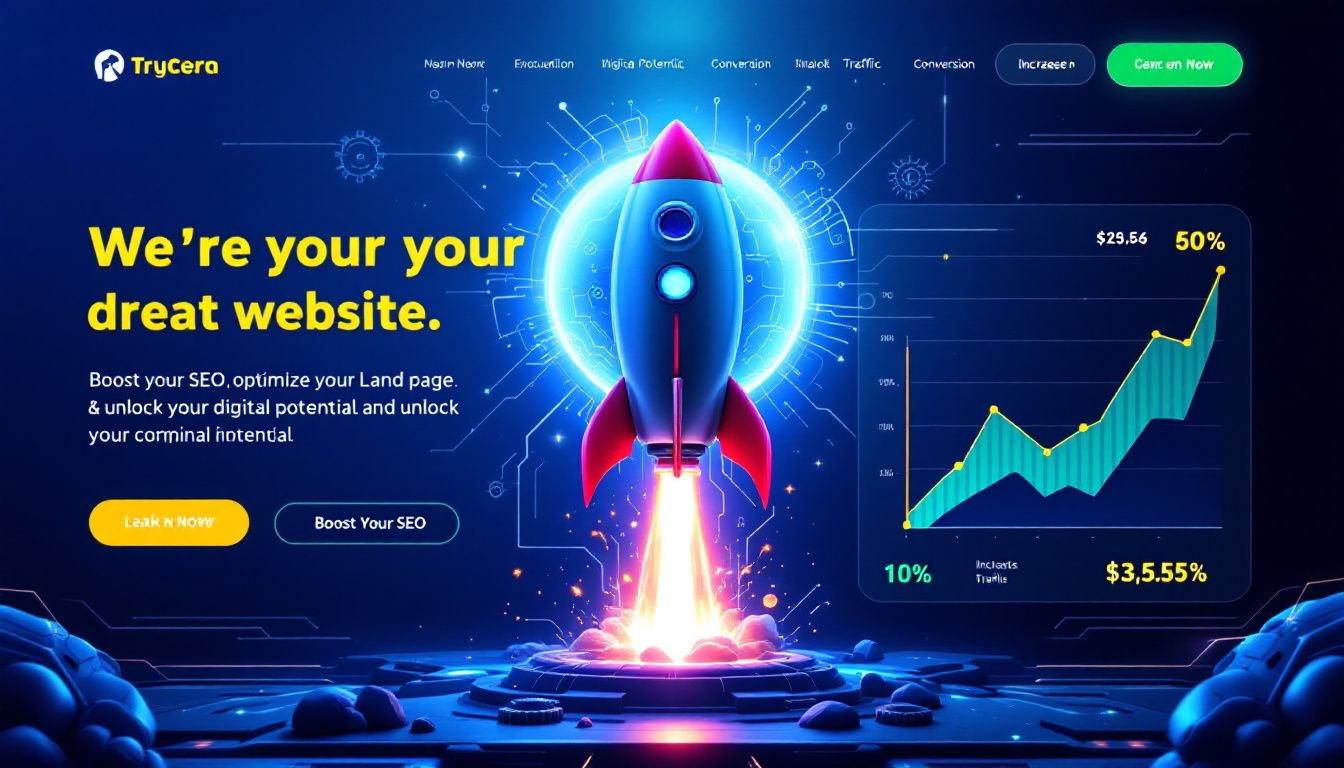
SEO for landing pages is essential for improving organic search visibility and driving engagement and conversion rates. Optimizing landing pages for relevant keywords boosts visibility in search engine results, reaching more potential customers. This is especially important for longer projects like lead generation or ebook sales, where SEO can significantly enhance search engine visibility.
Using relevant keywords to attract organic traffic is a sustainable approach compared to paid advertising. The following subsections will delve into the specifics of keyword integration and technical SEO considerations, providing you with actionable strategies to optimize your landing pages for search engines.
Keyword Integration
Keyword integration is a crucial aspect of landing page SEO. Strategically placing keywords in headlines, body text, and image alt text can significantly enhance SEO performance and improve search visibility. Tools like Ubersuggest are recommended for identifying keywords that can be effectively used on landing pages.
Effective keyword integration not only boosts search engine rankings but also improves user engagement and conversion rates. Thoughtfully incorporating keywords throughout landing page content attracts more qualified leads and improves performance.
Remember to balance keyword usage with readability and relevance. Overloading your landing page with keywords can negatively impact user experience and search engine rankings. Aim for a natural integration that enhances both SEO and user engagement.
Technical SEO Considerations
Technical SEO is another critical component of landing page optimization. The basics of landing page SEO are not hard to implement, allowing for effective optimization. For example, using text headlines in H1 format helps web crawlers understand the page’s topic, improving search engine rankings. Maintaining a mobile-friendly design is also crucial, as Google prioritizes mobile versions in its indexing.
Internal linking enhances accessibility and site ranking for landing pages. Tools like Google Analytics, Mixpanel, and Hotjar can be used to analyze organic user behavior, providing valuable insights for continuous optimization. Focusing on these technical SEO considerations ensures landing pages are search engine optimized and user-friendly.
A/B Testing and Continuous Optimization
A/B testing is a powerful tool for improving landing page performance. Regular A/B testing allows you to compare different variations of your landing pages to see which elements resonate most with your audience and improve conversion rates. Around 60% of businesses engage in testing their landing pages to enhance conversion rates, highlighting the importance of this practice.
Continuous optimization is key to maintaining and improving landing page performance. Tools like VWO and Optimizely provide comprehensive A/B testing options to help you identify what works best in optimizing landing pages.
The following subsections will discuss how to set up A/B tests and interpret test results effectively.
Setting Up A/B Tests
Understanding the importance of A/B testing is vital for improving conversion rates. Key elements to test include headlines, page copy, calls-to-action, form fields, and structure. When conducting A/B tests, focus on modifying one element at a time to gauge its impact accurately, while continually analyzing conversion rates and making adjustments.
Analyzing A/B test outcomes is essential, as it informs redesigns and helps in developing future testing strategies. Regular postmortem sessions allow you to reflect on successes and areas for improvement, ensuring that your landing page optimization efforts are always evolving.
Interpreting Test Results
Interpreting test results is a crucial step in the A/B testing process. Holding postmortem sessions to analyze successes and failures helps you understand what worked and what didn’t.
Applying these findings to redesigns and future tests ensures continuous improvement and optimization of your optimized landing pages.
Using Social Proof to Boost Credibility
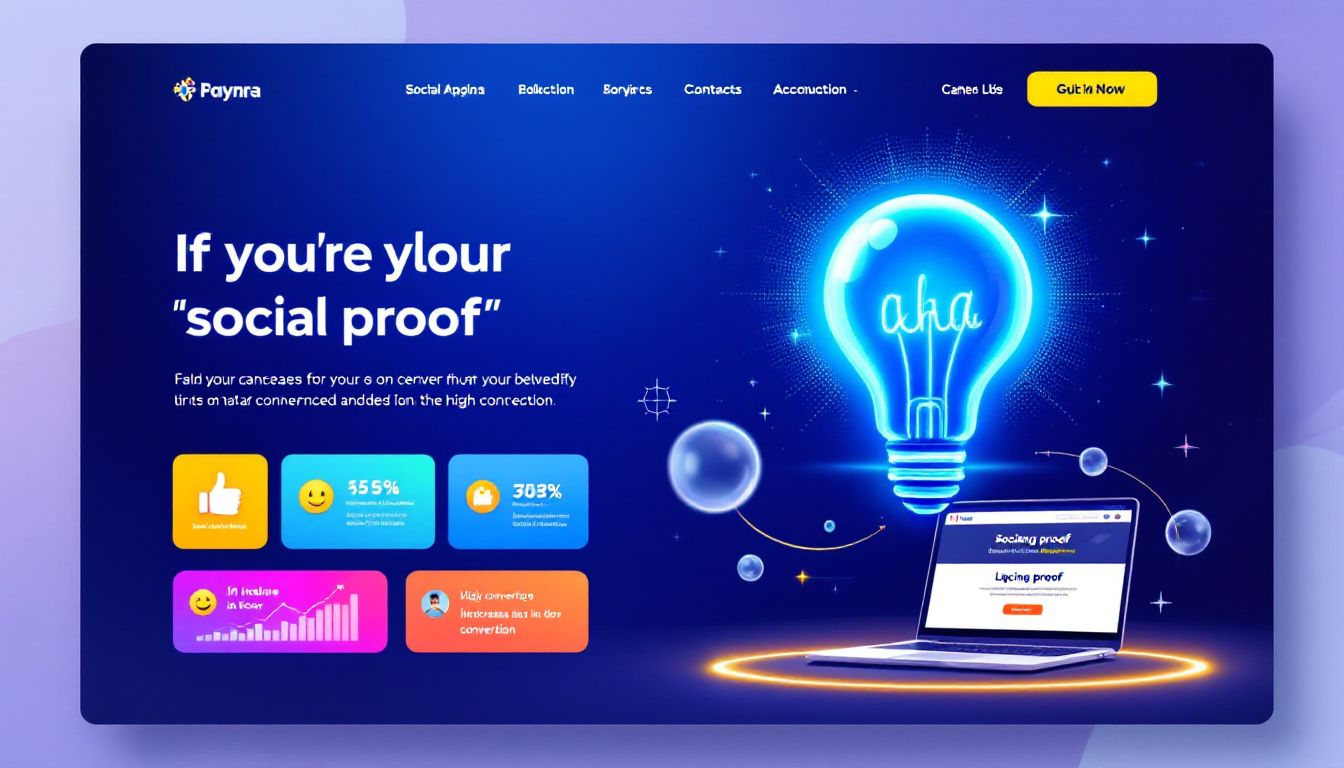
Social proof is a powerful tool for enhancing credibility and encouraging conversions. It refers to evidence that others have purchased or used a product/service, which significantly influences potential customers’ decisions. Trust is a critical factor in converting visitors into leads, and social proof enhances brand legitimacy.
Customer testimonials, ratings, and user-generated content are essential elements for building trust on landing pages. Including authentic testimonials with customer photos can make them more impactful and memorable. Additionally, showcasing a mix of positive and negative reviews can increase consumer trust and conversion rates.
Displaying the number of customers can create a sense of trust; a high customer count boosts credibility. Endorsements by recognizable figures or celebrities can also enhance trust and familiarity for potential customers. Leveraging social proof effectively builds trust and encourages more conversions on landing pages.
Leveraging Tools for Landing Page Optimization
Leveraging tools is essential for gathering data, analyzing user behavior, and optimizing landing page performance. Various tools assist in optimizing landing pages, enhancing conversion rates, and improving user experience. Tools like Crazy Egg, Optimizely, and Unbounce offer advanced features for running experiments and integrating with other analytics tools.
These tools provide valuable insights that can inform design and content decisions, helping you create more effective and engaging landing pages. The following subsections will discuss heat map tools and conversion rate optimization tools in more detail.
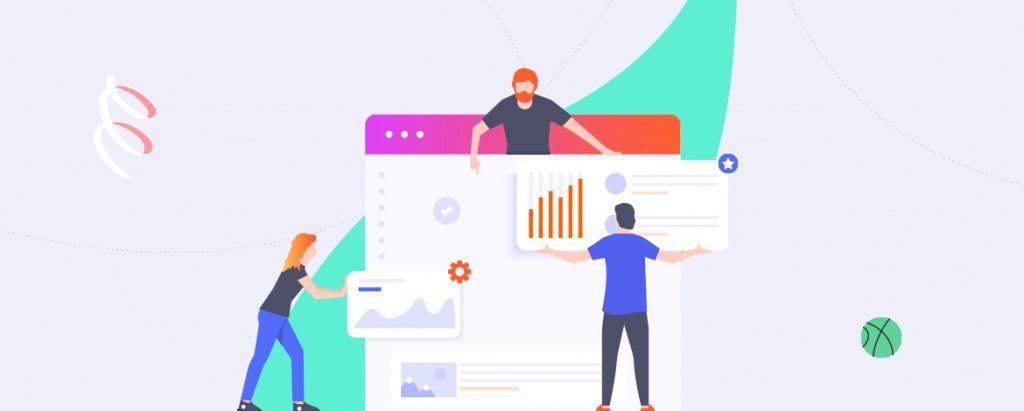
Heat Map Tools
Heat map tools are invaluable for visualizing user engagement on landing pages. They show where visitors click, scroll, and hover, providing insights into user behavior. Attention Insight is a virtual heat mapping tool that helps understand user attention distribution on landing pages.
Session recording features in tools like Hotjar allow users to observe real-time user interactions for deeper insights. These visual data enhance understanding of user behavior, informing design and content decisions that can improve landing page performance.
Conversion Rate Optimization Tools
Conversion rate optimization (CRO) tools are essential for comparing different variations of landing pages to see which performs better in driving conversions. User behavior analysis tools like heat maps and session recordings provide insights into how visitors interact with your landing page, helping to identify areas for improvement.
Optimization and reporting tools help assess the effectiveness of landing page changes in real-time, enabling data-driven decisions. Leveraging these tools allows continuous optimization of landing pages for better performance and higher conversion rates.
Summary
Optimizing landing pages is a continuous process that involves understanding your audience, addressing common problems, and leveraging various tools and techniques. By focusing on key elements such as compelling headlines, effective CTAs, and engaging visual media, you can create landing pages that drive conversions and improve overall performance.
Remember, the journey of landing page optimization doesn’t end with the initial setup. Regular A/B testing, analyzing user behavior, and applying SEO strategies are crucial for maintaining and enhancing landing page effectiveness. Embrace continuous optimization to stay ahead in the competitive digital marketing landscape.
Frequently Asked Questions
Disclosure: Our blog contains affiliate links to products. We may receive a commission for purchases made through these links. However, this does not impact our reviews and comparisons. We try our best to keep things fair and balanced, in order to help you make the best choice for you.

